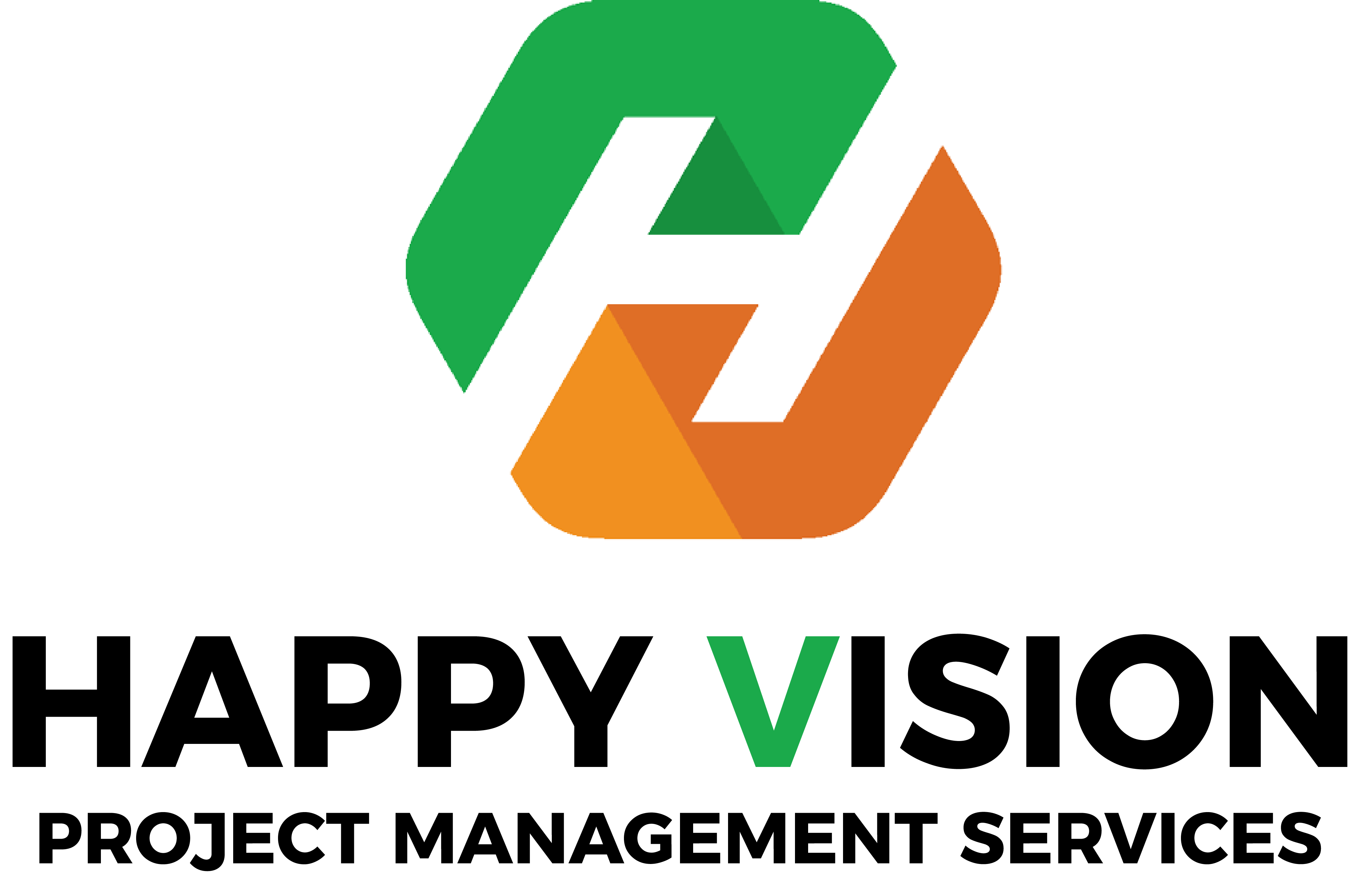- Have any question?
- +971 52 7109733
- +971 55 2761251
- info@happyvisiont.com
How Sustainable Mono Packaging in Malaysia Preserves Natural Resources
Pengertian BBFS dalam Judi Togel
February 28, 2024Red Bowl Asian Bistro and Cancun Bar & Grill
February 28, 2024Closing the Loop: How Sustainable Mono Packaging in Malaysia Preserves Natural Resources
Introduction:
In Malaysia, the transition towards sustainable packaging practices has become increasingly urgent as the environmental impact of conventional packaging materials becomes more apparent. At the forefront of this movement is the adoption of sustainable mono packaging, which not only reduces environmental harm but also plays a crucial role in conserving natural resources. This article explores how sustainable mono packaging in Malaysia closes the loop on material use, lowers the demand for new raw materials, and ultimately contributes to the conservation of natural resources.
1. Understanding Sustainable Mono Packaging:
Sustainable mono packaging refers to packaging solutions made from single-material compositions that are designed with recyclability, reusability, and reduced environmental impact in mind. Unlike multi-layered packaging, which often contains various materials that are challenging to recycle or decompose, mono packaging simplifies the recycling process and minimizes waste. In Malaysia, sustainable mono packaging encompasses materials such as paper, cardboard, certain types of plastics, and biodegradable alternatives.
2. Recyclability and Circular Economy:
One of the key advantages of sustainable mono packaging is its recyclability, which enables the materials to be recovered and reused in the production of new packaging materials. In Malaysia, the recycling infrastructure is gradually improving, with initiatives to expand recycling programs, improve waste segregation, and increase public awareness about the importance of recycling. By promoting the use of recyclable mono packaging materials, Malaysia can close the loop on its packaging lifecycle, reducing the demand for new raw materials and minimizing environmental impact.
3. Reduced Dependence on Virgin Resources:
Sustainable mono packaging in Malaysia reduces the demand for new raw materials by utilizing recycled materials and alternative resources. Recycled paper, cardboard, plastics, and other materials serve as valuable inputs for the production of mono packaging, diverting waste from landfills and conserving natural resources. Additionally, the adoption of alternative resources, such as bioplastics derived from renewable biomass sources, further lowers the dependence on fossil fuels and mitigates environmental harm.
4. Resource Efficiency and Waste Reduction:
Mono packaging optimizes material usage by eliminating the need for multiple layers or components, thereby reducing waste and conserving resources. In conventional multi-material packaging, excess materials often go unused or end up as manufacturing waste, contributing to inefficiencies and environmental harm. Sustainable mono packaging minimizes material waste, maximizing resource efficiency, and reducing the environmental footprint associated with packaging production.
5. Innovation and Collaboration:
The transition towards sustainable mono packaging in Malaysia is driving innovation and collaboration across industries, fostering the development of new materials, technologies, and packaging designs. Manufacturers, suppliers, retailers, and policymakers are working together to promote sustainable packaging solutions, invest in research and development, and address challenges related to recycling, waste management, and consumer education. By fostering a culture of innovation and collaboration, Malaysia can accelerate the adoption of sustainable mono packaging and advance its sustainability goals.
6. Consumer Awareness and Behavior:
Consumer awareness and behavior play a crucial role in driving the demand for sustainable mono packaging in Malaysia. As consumers become more conscious of environmental issues and seek eco-friendly products, there is growing pressure on businesses to adopt sustainable packaging practices. By providing information, education, and incentives to consumers, Malaysia can empower individuals to make informed choices and support brands that prioritize sustainability. Additionally, government initiatives, such as eco-labeling programs and environmental campaigns, can raise awareness and encourage sustainable consumption habits among the public.
7. Policy Support and Regulation:
Government intervention is essential to create an enabling environment for sustainable packaging practices in Malaysia. Policies and regulations can incentivize the adoption of sustainable mono packaging, promote recycling and waste reduction, and hold businesses accountable for their environmental impact. By enacting supportive policies, such as extended producer responsibility (EPR) schemes, plastic bans, and incentives for eco-friendly packaging alternatives, Malaysia can accelerate the transition towards a circular economy and conserve natural resources for future generations.
Conclusion:
In conclusion, sustainable mono packaging in Malaysia plays a vital role in closing the loop on material use, lowering the demand for new raw materials, and ultimately conserving natural resources. Through recyclability, resource efficiency, innovation, consumer awareness, and policy support, Malaysia can embrace sustainable packaging practices and pave the way towards a greener, more sustainable future. By working together towards common goals, Malaysia can lead by example in environmental stewardship and inspire positive change on a global scale.
#sustainable mono packaging in Malaysia
#Ajinomoto (Malaysia) Berhad
Want to know more? Read: Role of Recycling in Sustainable Mono Packaging Practices in Malaysia – Buy Zithromax

